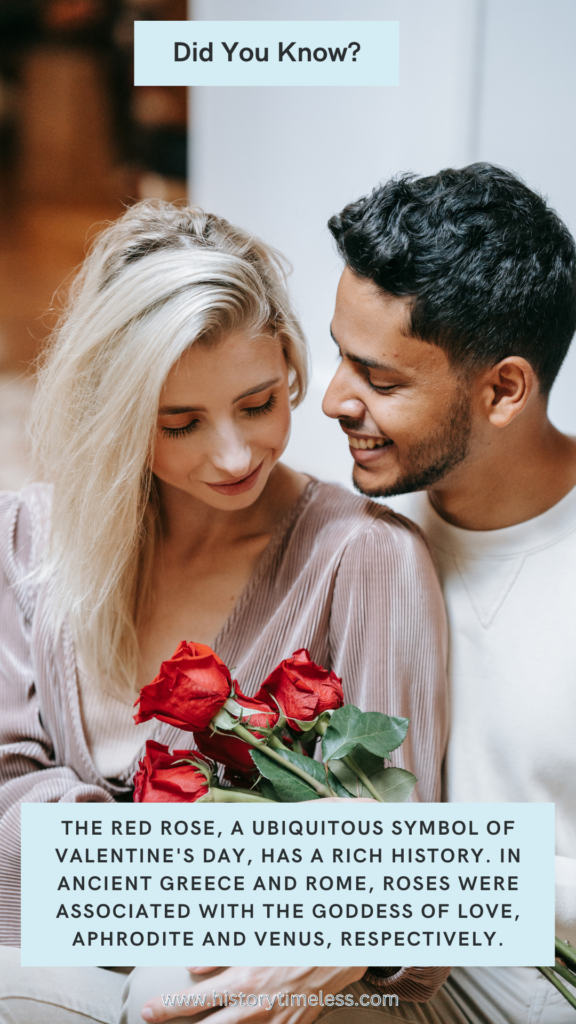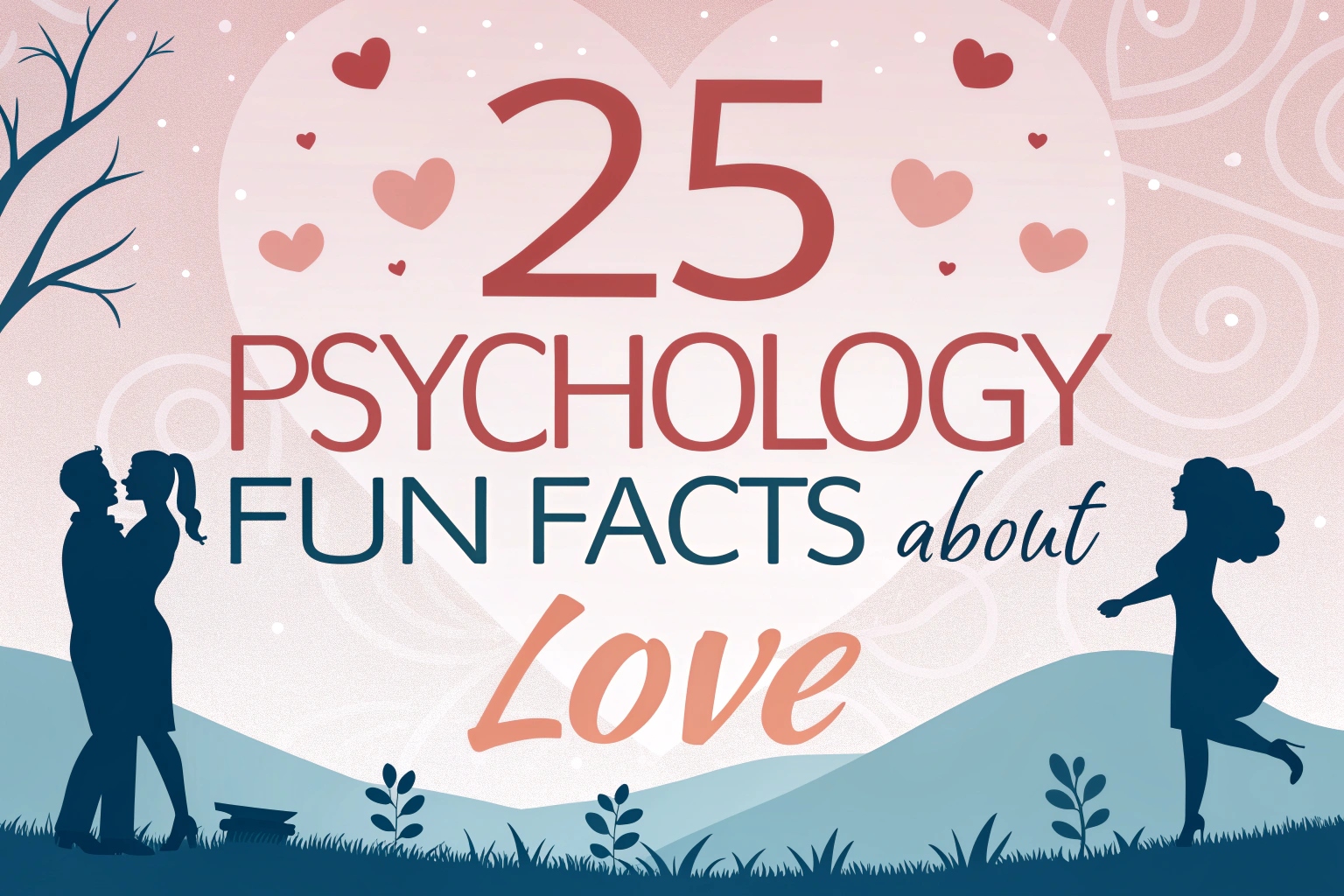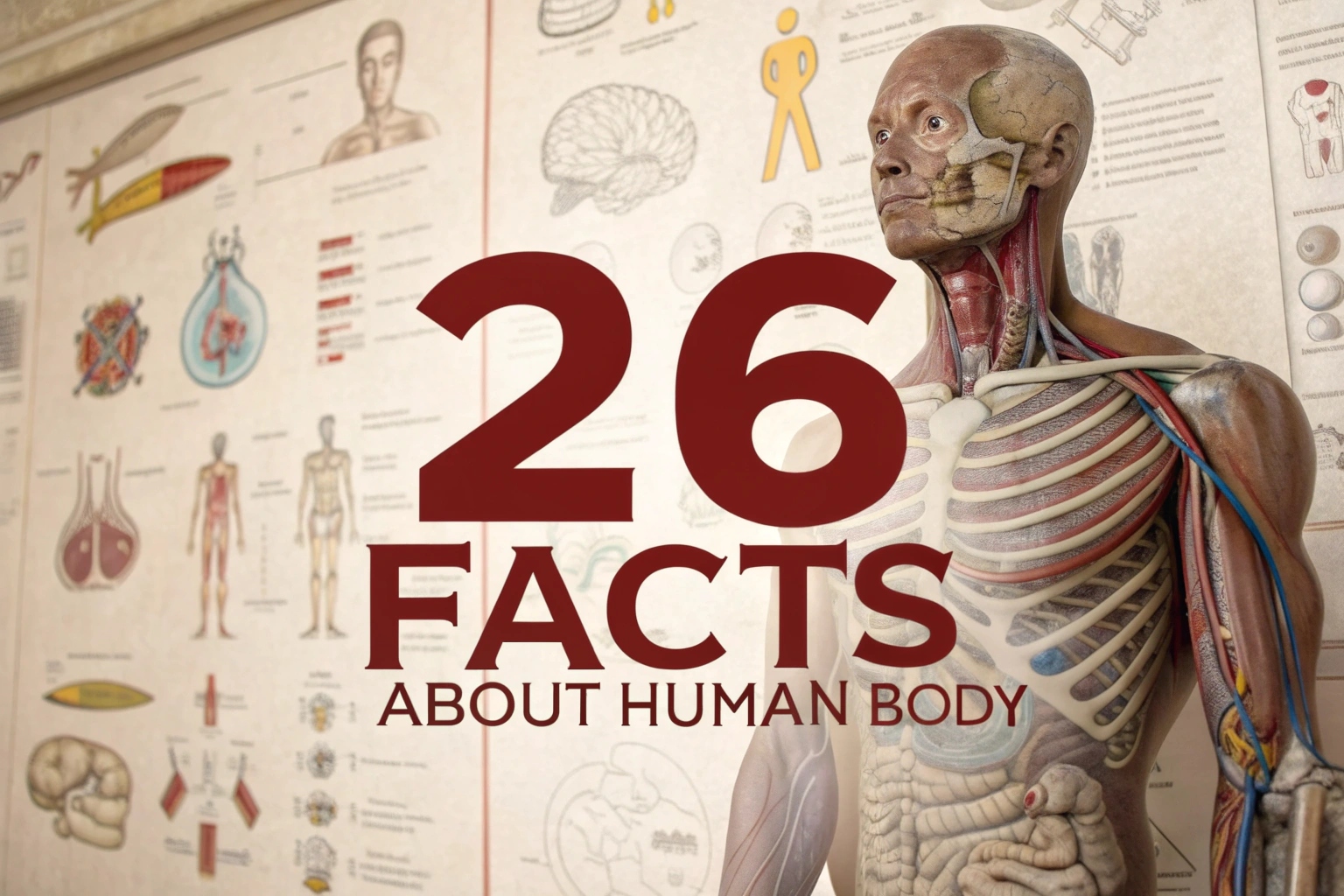Valentine’s Day is a celebration of love and affection, filled with rich history, fascinating traditions, and surprising facts. From its ancient origins to its modern-day expressions, Valentine’s Day is a holiday that continues to captivate people around the world. In this list, we’ll explore 20 unique and interesting facts about Valentine’s Day that will make you appreciate this special day even more.
1. Flower Power
The cut flower industry experiences a massive surge in demand on Valentine’s Day, with over 180 million stems sold in the United States alone. The popularity of flowers as a gift highlights the enduring power of nature’s beauty to express love and affection.
2. Single Awareness Day
In recent years, February 14th has also become known as “Single Awareness Day” (SAD), a tongue-in-cheek acknowledgment of the solo status of those not in romantic relationships. This lighthearted take on the holiday pokes fun at the often-commercialized notion of love.
3. Ancient Egyptian Connection
The ancient Egyptians celebrated a festival of love and fertility, honoring the god Isis and her lover Osiris. This festival, which took place around the same time as modern-day Valentine’s Day, shares striking similarities with the holiday’s modern themes.
4. Japan’s Unique Twist
In Japan, Valentine’s Day is celebrated on two separate days: February 14th and March 14th. On February 14th, women give gifts to men, and on March 14th, known as “White Day,” men return the favors, creating a unique and thoughtful exchange.
5. Red Rose Symbolism

The red rose, a ubiquitous symbol of Valentine’s Day, has a rich history. In ancient Greece and Rome, roses were associated with the goddess of love, Aphrodite and Venus, respectively. The red rose’s enduring connection to love and passion is a testament to its timeless appeal.
6. Loving Gesture
In some cultures, Valentine’s Day is celebrated with a “loving gesture” tradition, where people perform small acts of kindness and affection for those around them. This heartwarming custom encourages people to spread love and appreciation beyond romantic relationships.
7. Chaucer’s Influence
Geoffrey Chaucer’s poem “Parlement of Foules” (1382) is often credited with popularizing the idea of linking St. Valentine’s Day with courtly love. Chaucer’s work helped establish February 14th as a day for expressing love and affection.
8. American Card-Giving
In the United States, the tradition of exchanging Valentine’s Day cards is a massive industry, with over 180 million cards sold each year. This staggering number highlights the significance of the holiday in American culture.
9. South African Lupercalia
In South Africa, the town of Ceres celebrates a modern-day version of the ancient Roman festival of Lupercalia. This unique event involves a festive parade, music, and food, providing a fascinating glimpse into the holiday’s ancient roots.
10. Timeless Love Letters
Throughout history, Valentine’s Day has inspired some of the most beautiful and enduring love letters ever written. From the passionate outpourings of Romantic poets to the heartfelt expressions of modern-day couples, the holiday continues to inspire people to put their feelings into words.
11. Ancient Roman Festival
The ancient Roman festival of Lupercalia, celebrated from February 13th to 15th, is a precursor to modern-day Valentine’s Day. This festival involved rituals, sacrifices, and matchmaking, laying the groundwork for the holiday’s themes of love and romance.
12. South Korean Black Day
In South Korea, April 14th is known as “Black Day,” a holiday where single people mourn their solo status by wearing black clothes and eating black noodles. This somber celebration is a fascinating contrast to the joyful spirit of Valentine’s Day.
13. Candy Conversation Hearts

The iconic conversation heart candies, featuring sweet messages like “Be Mine” and “I Love You,” have been a Valentine’s Day staple since the 1860s. These adorable treats have become an integral part of the holiday’s sugary charm.
14. Love Bird Tradition
In many cultures, birds are seen as symbols of love and romance, particularly on Valentine’s Day. The tradition of releasing doves or other birds on the holiday is a beautiful expression of the desire for love to take flight.
15. Italian Gold
In Italy, Valentine’s Day is known as “La Festa degli Innamorati,” and gold is a prominent symbol of the holiday. Italian couples often exchange gold jewelry, particularly gold hearts and-lockets, as a token of their love and commitment.
16. History of Chocolate Gifts
The tradition of giving chocolate on Valentine’s Day dates back to the 17th century, when the wealthy would gift elaborate chocolate confections to their loved ones. Today, chocolate remains a beloved and indulgent treat on the holiday.
17. Romantic Getaways
Valentine’s Day is a peak time for romantic getaways, with many couples opting for weekend breaks or longer vacations to celebrate their love. The holiday’s emphasis on togetherness and relaxation makes it an ideal excuse for a romantic escape.
18. Denmark’s Gaekkebrev
In Denmark, Valentine’s Day is celebrated with a unique tradition called “gaekkebrev,” where people exchange funny, rhyming poems and poems with intricate paper cutouts. This lighthearted custom adds a playful touch to the holiday.
19. Saint Valentine’s Martyrdom
Saint Valentine, a Christian priest, was martyred on February 14th, circa 269 AD. According to legend, he defied Emperor Claudius II’s ban on marriage, performing secret weddings and ultimately giving his life for his faith and the love of others.
20. Victorian-Era Traditions
During the Victorian era, Valentine’s Day became a popular occasion for exchanging love letters, gifts, and cards. The tradition of giving handmade cards and tokens of affection during this time laid the foundation for modern-day Valentine’s Day customs.
Illuminate Your Mind with More Details:
15 Fascinating Truths About Valentine’s Day Origins
10+ Intriguing Facts About the First Valentine’s Card
Michael Jackson Pepsi Partnership: A Game-Changer in History





